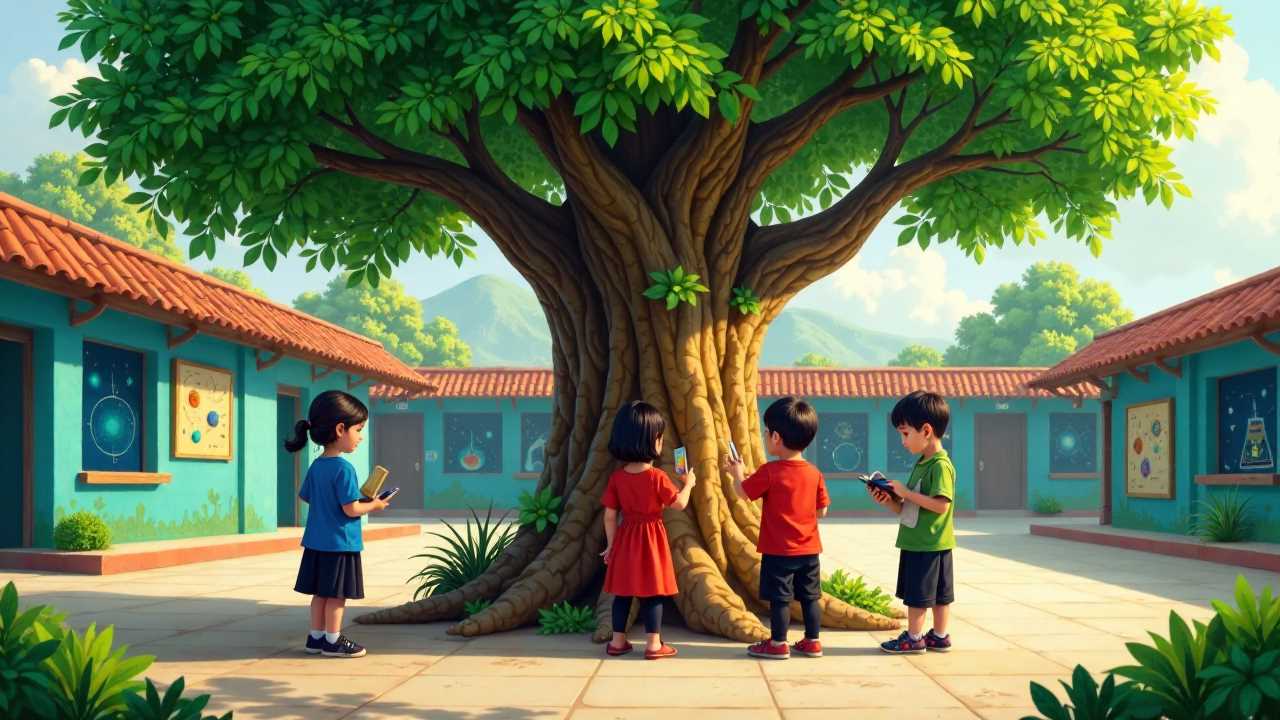
Introduction to STEM-Based Art Projects
STEM-based art projects are an innovative approach to education that combines the principles of science, technology, engineering, and mathematics with the creative expression of art. These projects not only foster STEM creativity but also encourage children to engage in hands-on learning experiences that are both educational and enjoyable. By integrating interactive design with science-inspired art, we can create imaginative projects that captivate young minds and inspire a lifelong love for learning.
The Importance of Hands-On Learning in STEM Education
Hands-on learning is a fundamental aspect of effective education, especially in the fields of STEM. When children participate in educational crafts that require them to manipulate materials, experiment with different techniques, and solve problems, they develop critical thinking skills and a deeper understanding of the concepts being taught. STEM-based art projects provide an excellent platform for this type of learning, as they encourage students to explore their creativity while applying scientific principles.
For example, creating a simple circuit using conductive paint allows children to visualize how electricity flows while simultaneously engaging in the artistic process. This blend of art and science not only makes learning more enjoyable but also helps students retain information more effectively.
Engaging Kids with Interactive Design
Interactive design is a key component of STEM-based art projects. By incorporating elements that require active participation, we can keep children engaged and motivated. Projects such as building a model volcano that erupts with baking soda and vinegar or designing a kinetic sculpture that moves with the wind are perfect examples of how interactive design can enhance the learning experience.
These projects encourage collaboration among peers, allowing children to share ideas, troubleshoot challenges, and celebrate their successes together. This social aspect of learning is vital for developing communication skills and fostering a sense of community within the classroom.
Science-Inspired Art: Merging Creativity with Knowledge
Science-inspired art takes the principles of STEM and transforms them into visually stunning creations. By exploring topics such as the solar system, ecosystems, or chemical reactions through artistic expression, children can develop a deeper appreciation for the natural world. For instance, creating a mural that depicts the life cycle of a butterfly not only teaches students about biology but also allows them to express their understanding through art.
Incorporating science-inspired art into the curriculum can also spark curiosity and encourage further exploration. When children see the connections between their artistic endeavors and scientific concepts, they are more likely to ask questions and seek out additional information.
Imaginative Projects That Inspire Creativity
Imaginative projects are at the heart of STEM-based art projects. These projects challenge students to think outside the box and come up with unique solutions to problems. For example, designing a bridge using only straws and tape encourages children to consider engineering principles while also allowing them to express their creativity.
Another engaging project could involve creating a weather station using recycled materials. Students can design and build instruments to measure temperature, wind speed, and rainfall, all while learning about meteorology. The combination of creativity and scientific inquiry in these projects fosters a sense of ownership and pride in their work.
Implementing STEM-Based Art Projects in the Classroom
To successfully implement STEM-based art projects in the classroom, educators should consider the following strategies:
1. Integrate Curriculum: Combine art with science lessons to create a cohesive learning experience. For example, when studying plants, students can create botanical illustrations or sculptures.
2. Encourage Collaboration: Promote teamwork by assigning group projects that require students to work together to solve problems and share ideas.
3. Provide Resources: Ensure that students have access to a variety of materials and tools to explore their creativity. This may include art supplies, technology, and scientific instruments.
4. Foster a Growth Mindset: Encourage students to view challenges as opportunities for growth. Celebrate their efforts and emphasize the importance of perseverance in both art and science.
5. Showcase Student Work: Create opportunities for students to display their projects, whether through a classroom exhibition or a school-wide event. This recognition can boost confidence and inspire others.
The Future of STEM-Based Art Projects
As we continue to explore the intersection of art and STEM education, the potential for STEM-based art projects to inspire creativity and foster a love for learning is limitless. By embracing hands-on learning, interactive design, and science-inspired art, we can create an engaging educational environment that nurtures the next generation of innovators and thinkers. Through imaginative projects, we empower children to express themselves while developing essential skills that will serve them well in their future endeavors. The journey of learning is an adventure, and with STEM-based art projects, we can ignite that passion for discovery and creativity in every child.
 Kids Art ProjectsParty PlanningPaper CraftsOrigami for KidsPrivacy PolicyTerms And Conditions
Kids Art ProjectsParty PlanningPaper CraftsOrigami for KidsPrivacy PolicyTerms And Conditions
